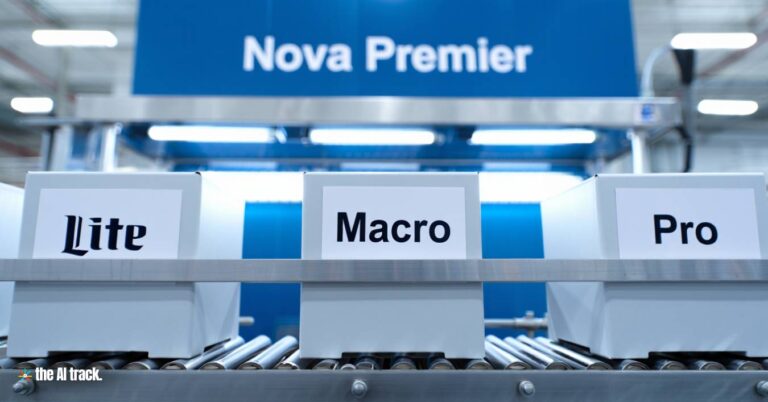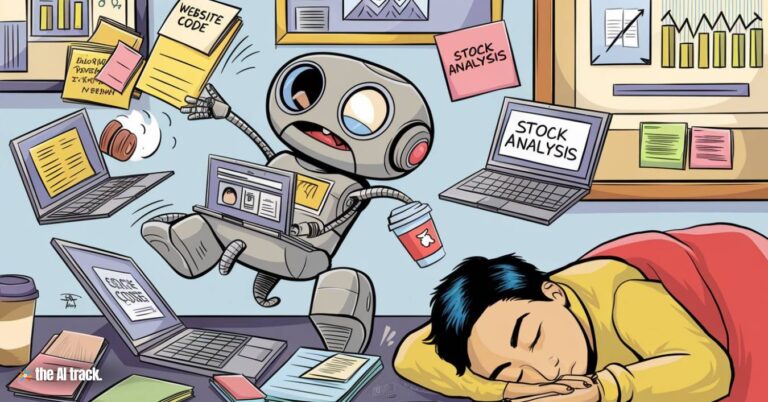Amazon Web Services (AWS) is developing “Kiro,” an advanced AI-driven coding assistant designed to streamline software development through real-time code generation, multimodal inputs, and integration with various AI agents. Kiro aims to enhance developer productivity and reshape traditional coding workflows.

Amazon Developing AI Coding Tool ‘Kiro’ – Key Points
Introduction of Kiro:
AWS is working on Kiro, a new AI-powered tool intended to generate code in near real-time by analyzing user prompts and existing data. The tool is designed as both a web and desktop application, customizable to work with AWS’s internal AI agents and third-party ones.
Multimodal Interface:
Kiro features a multimodal interface, allowing developers to input text, visual diagrams, and contextual information. This approach aims to provide a more intuitive and efficient coding experience compared to traditional code-centric interfaces.
Enhanced Capabilities Beyond Amazon Q:
While AWS already offers Amazon Q as a coding assistant, Kiro is envisioned as a more comprehensive tool. It is expected to auto-generate technical design documents, identify potential issues, and offer code optimizations, thereby covering a broader spectrum of the software development lifecycle.
Critique of Existing Tools:
Internal documents suggest that current AI coding tools are limited by their code-centric interfaces, which can hinder developer productivity. Kiro aims to “democratize” software creation by minimizing time-to-code and maximizing productivity through its advanced features.
Uncertain Launch Timeline:
AWS had considered launching Kiro in late June 2025, but the current status of this timeline is unclear. AWS has not provided a specific release date, indicating that the project is still under development.
Industry Context:
The development of Kiro comes amid a surge in AI coding assistants. Companies like Google and Microsoft report that approximately 30% of their code is now written by AI. Startups such as Anysphere, creator of Cursor, have raised significant funding, and OpenAI is reportedly acquiring AI coding startup Windsurf for $3 billion.
Projected Adoption Rates:
According to Gartner, the use of AI coding assistants among enterprise software engineers is expected to rise from less than 14% in early 2024 to 90% by 2028, indicating a significant shift in software development practices.
Impact on Developer Roles:
AWS CEO Matt Garman has suggested that the role of software developers may evolve, with less emphasis on manual coding. AWS aims to support this transition by helping employees upskill and adapt to new technologies, enhancing overall productivity.
Learning from Past Challenges:
AWS’s previous AI coding assistant, Amazon Q, faced challenges related to high costs and performance issues. Insights gained from these experiences are informing the development of Kiro, with the goal of delivering a more effective and user-friendly tool.
Why This Matters:
The introduction of Kiro signifies AWS’s commitment to advancing AI-assisted software development. By integrating real-time code generation, multimodal inputs, and AI agent collaboration, Kiro has the potential to significantly enhance developer efficiency and reshape the software development landscape. As AI continues to permeate various aspects of technology, tools like Kiro could play a pivotal role in defining the future of coding.
Nova Premier joins Amazon Bedrock as its top model, blending cost-effective scale, multimodal support, and agentic workflows—despite STEM tradeoffs.
Amazon expects Rufus, its AI shopping assistant, to add $700M in 2025 profits. Global expansion, AI upgrades, and ad revenue drive the forecast.
Amazon’s Nova suite, featuring a June-launch hybrid reasoning model and versatile multimodal capabilities, sets new industry standards on Bedrock.
Read a comprehensive monthly roundup of the latest AI news!








